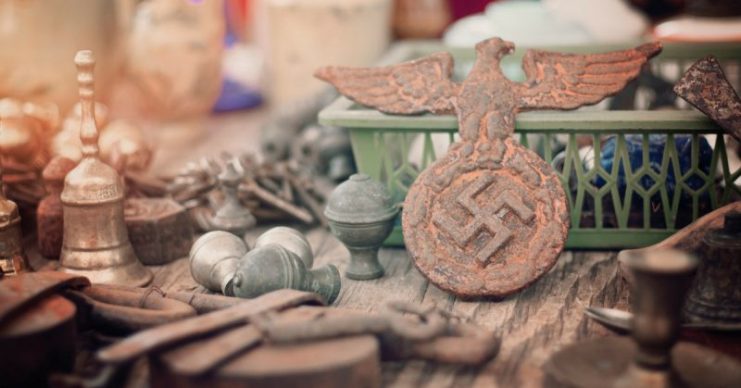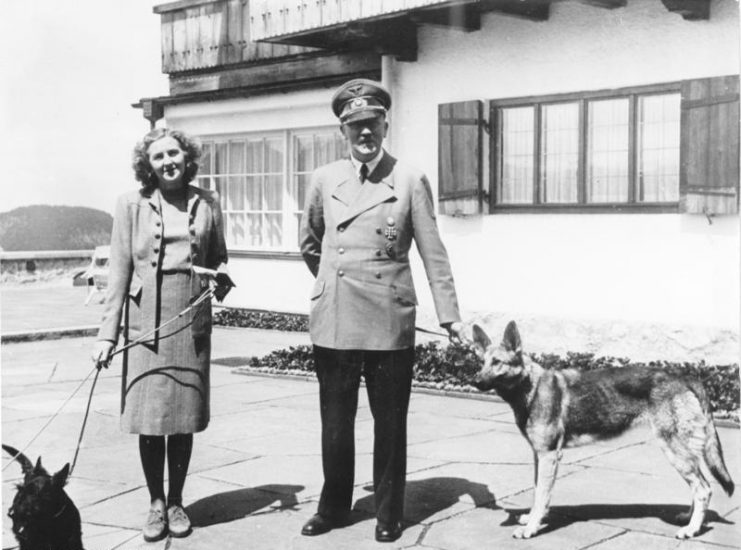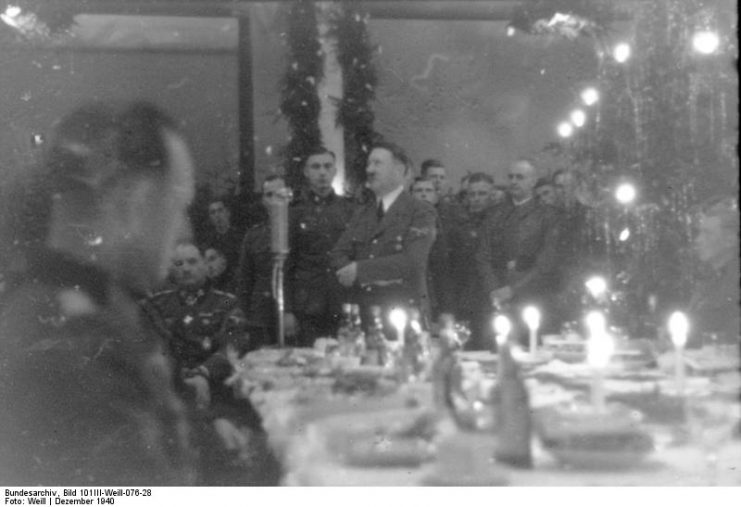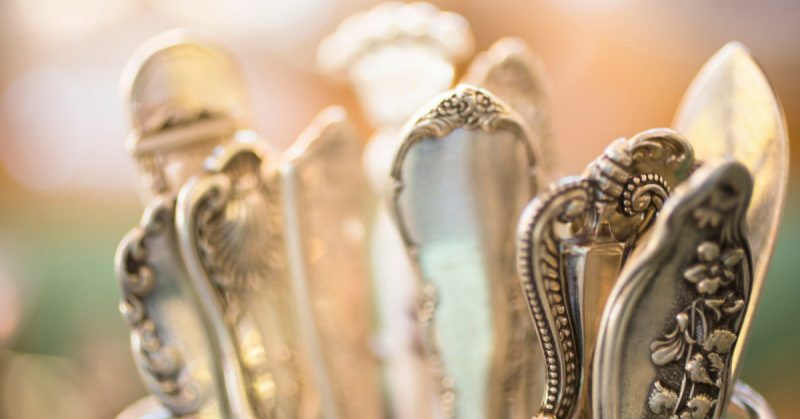A recent auction sold cutlery made for Adolf Hitler as a gift for his 50th birthday. The pieces brought in £12,500 (about $16,500 USD).
The set once belonged to a senior military officer in Dorset, UK. When clearing out the home, the silverware was discovered.
Two knives, three spoons, and three forks were sold. The cutlery had been used by Hitler on formal occasions.
The selling price was much higher than the £2,300 expected.
The auction house, Sherbourne’s Charterhouse Auctioneers, said that the pieces were a major part of history.

While it is not illegal to sell Nazi memorabilia in the UK, there are many who find it distasteful. Some MPs have pushed for a ban on these types of sales. They have recently asked Facebook to block such sales.
Richard Bromell works for Charterhouse Auctioneers. He said that 30,000 pieces were manufactured for Hitler. This is the first set Bromell has seen in 33 years. He said the market for the silverware is a niche market. “…[S]ome people will have interest, others will not,” he said.
Each piece shows Hitler’s initials, a swastika, and the Nazi eagle. The border of the handle contains a “Greek key” design. The silverware was made by the Heilbronn firm in Bruckmann. This design is more collectible than others due to the design and their relative rarity.
The pieces were purchased by a single online buyer. The auction house would not give any further information on the buyer.

The New York Historical Society placed a set of Hitler’s formal silverware on display in 2012. They showed 150 pieces of the “most aesthetically and historically compelling pieces” at that time. The exhibition was titled “Stories in Sterling: Four Centuries of Silver in New York.”
The society received the silverware as a gift in 1946 from Carl M. Loeb. Loeb was a financier and philanthropist. He is known for underwriting the boathouse in Central Park.
Loeb apparently received the silverware from a US soldier who took it from Hitler’s vacation home in the Bavarian Alps as the war was drawing to a close.
The society had no information on the soldier that gave the silverware to Loeb. Loeb was a German Jewish immigrant who had made his fortune in metals before he began investing in Wall Street.

The silverware pieces are the only items Loeb gave to the society. They kept the pieces in storage for over 60 years because they never had the right context to show them.
The “Stories in Sterling” exhibit allowed them that context as they set about telling stories through silver objects. They included Hitler’s items as symbols of evil as opposed to the other items which portrayed “great deeds.”
While some were not opposed to the display of the items as long as they did not glorify the Nazi party or their actions, others were repulsed. Those opposed to the display said that such actions trivialized Hitler and the actions of the Third Reich and the Nazis.
A search online will show that there are many sites willing to sell Third Reich memorabilia to collectors. The practice has been outlawed or strictly regulated in Germany, France, Austria, Israel, and Hungary. No major auction house will sell Nazi artifacts and eBay has banned the sale of such items from their site.
Even so, there is an increasing interest in purchasing these items from buyers in America, Russia and the Middle East.
